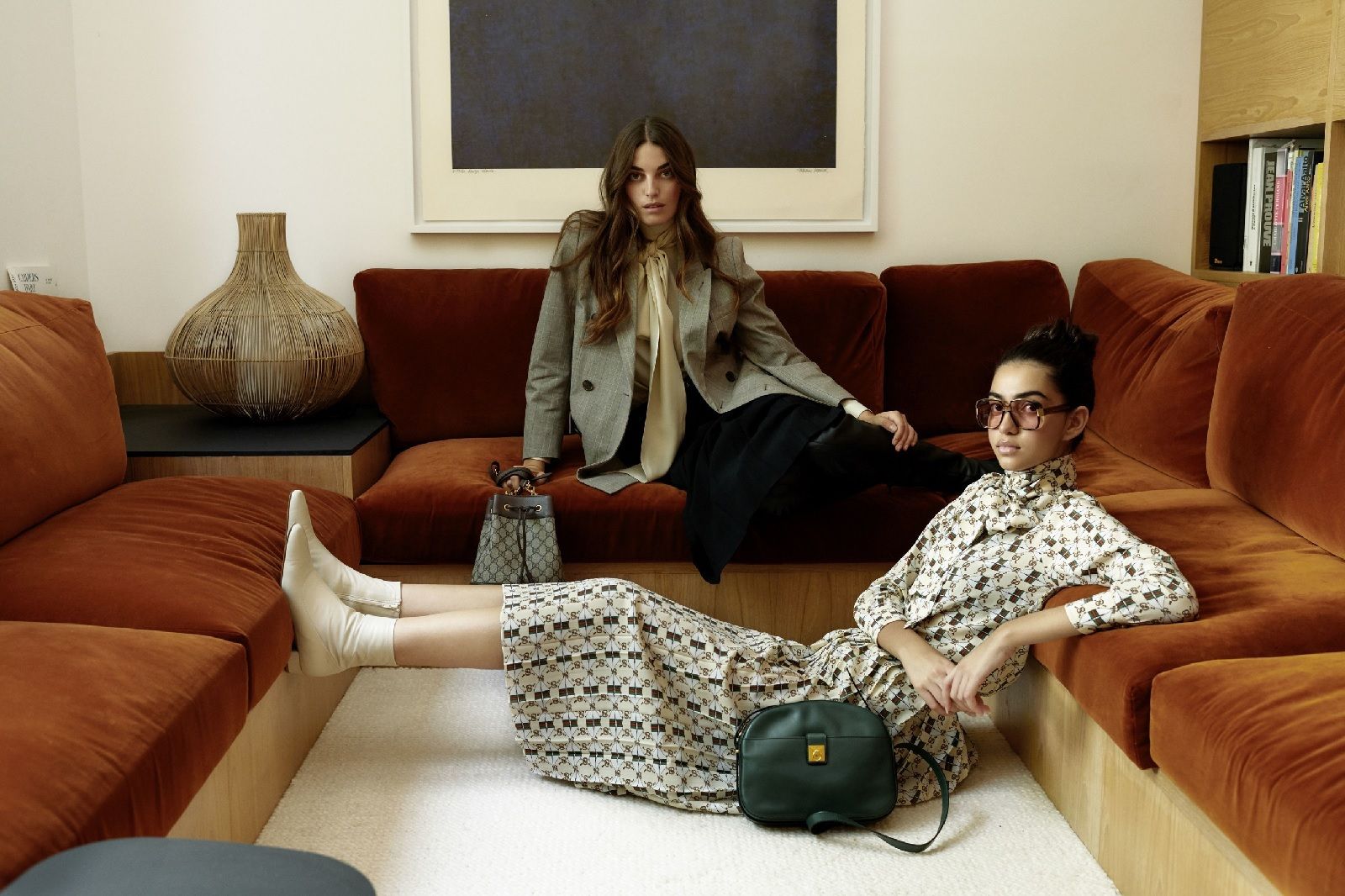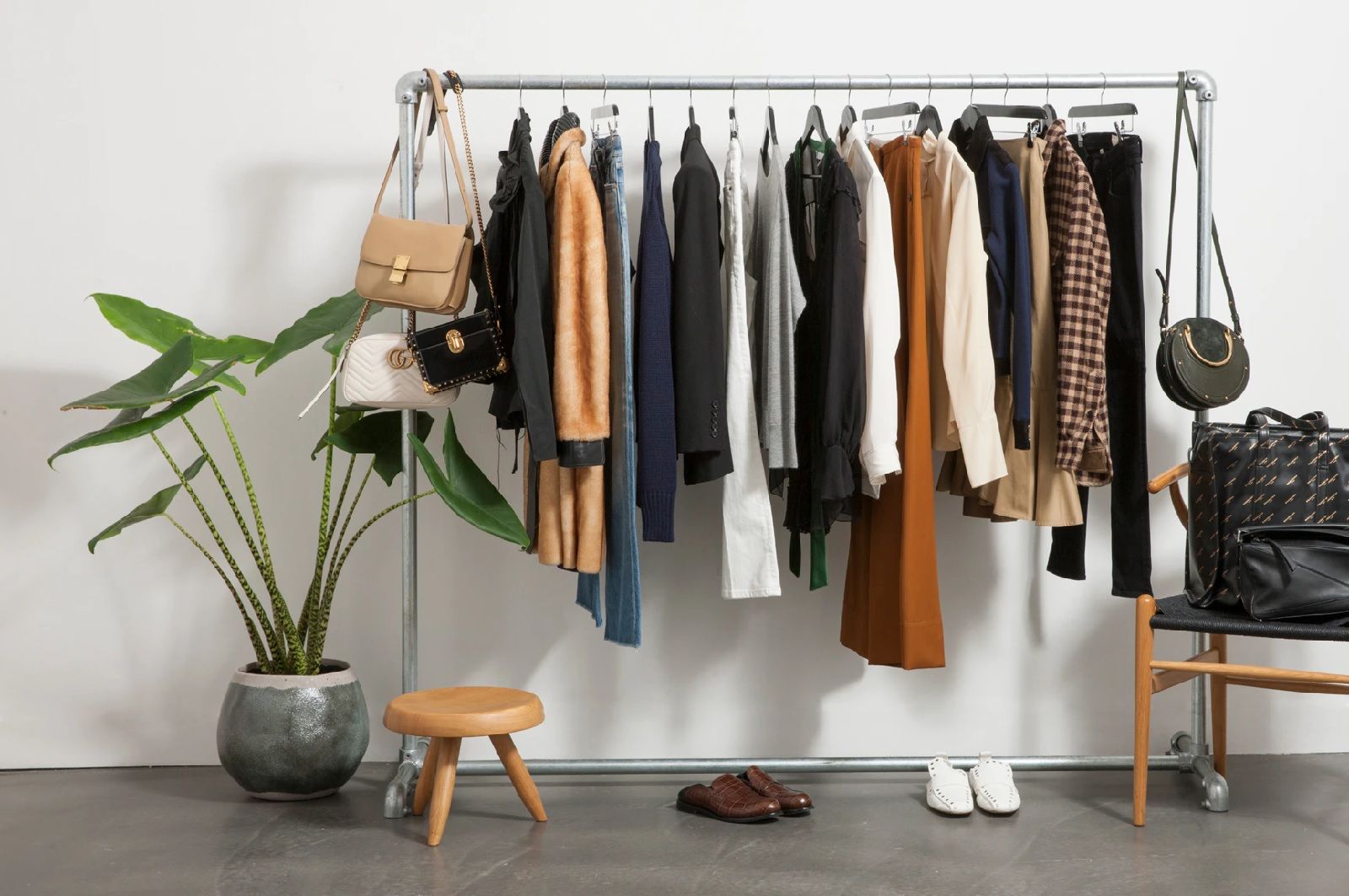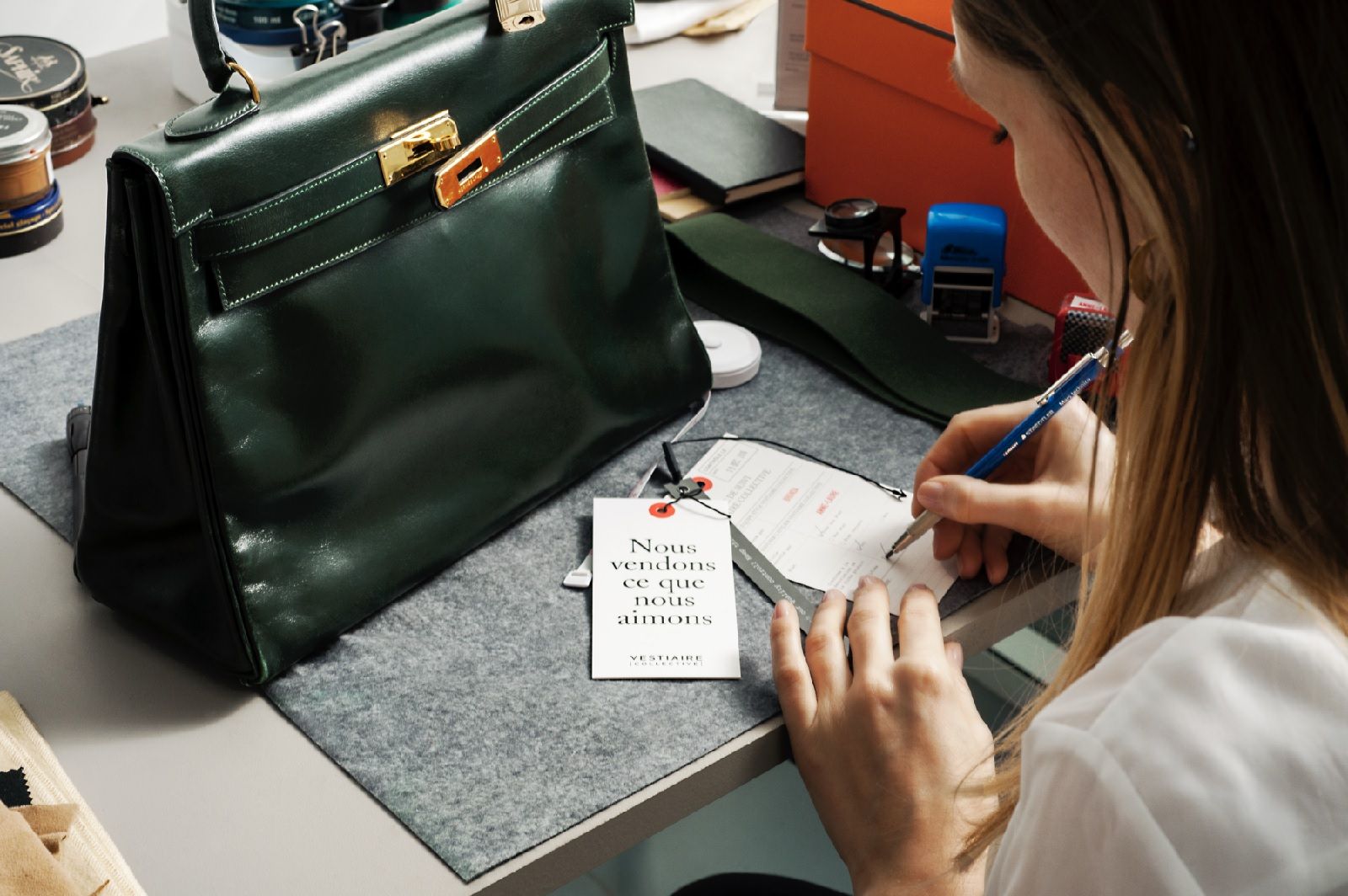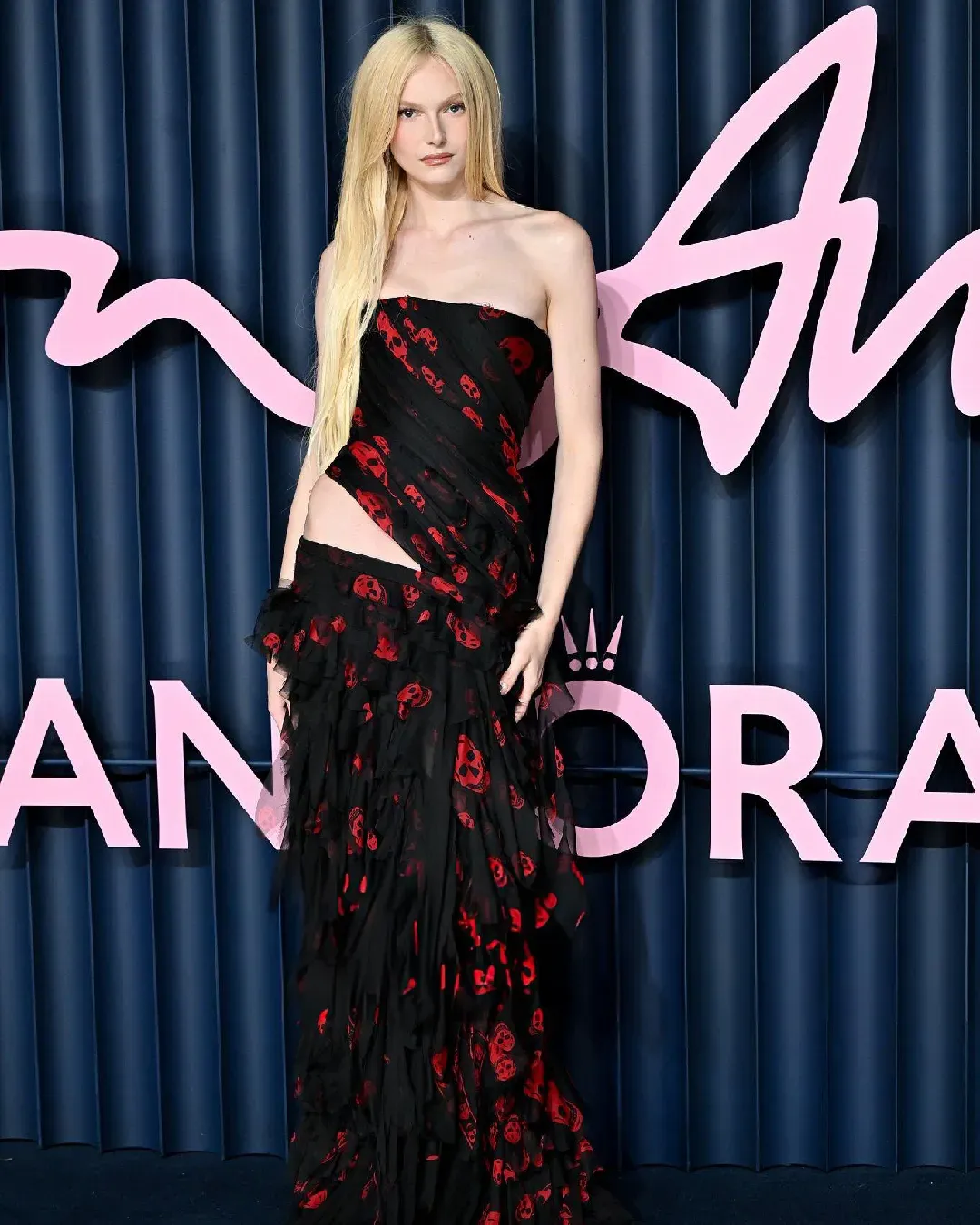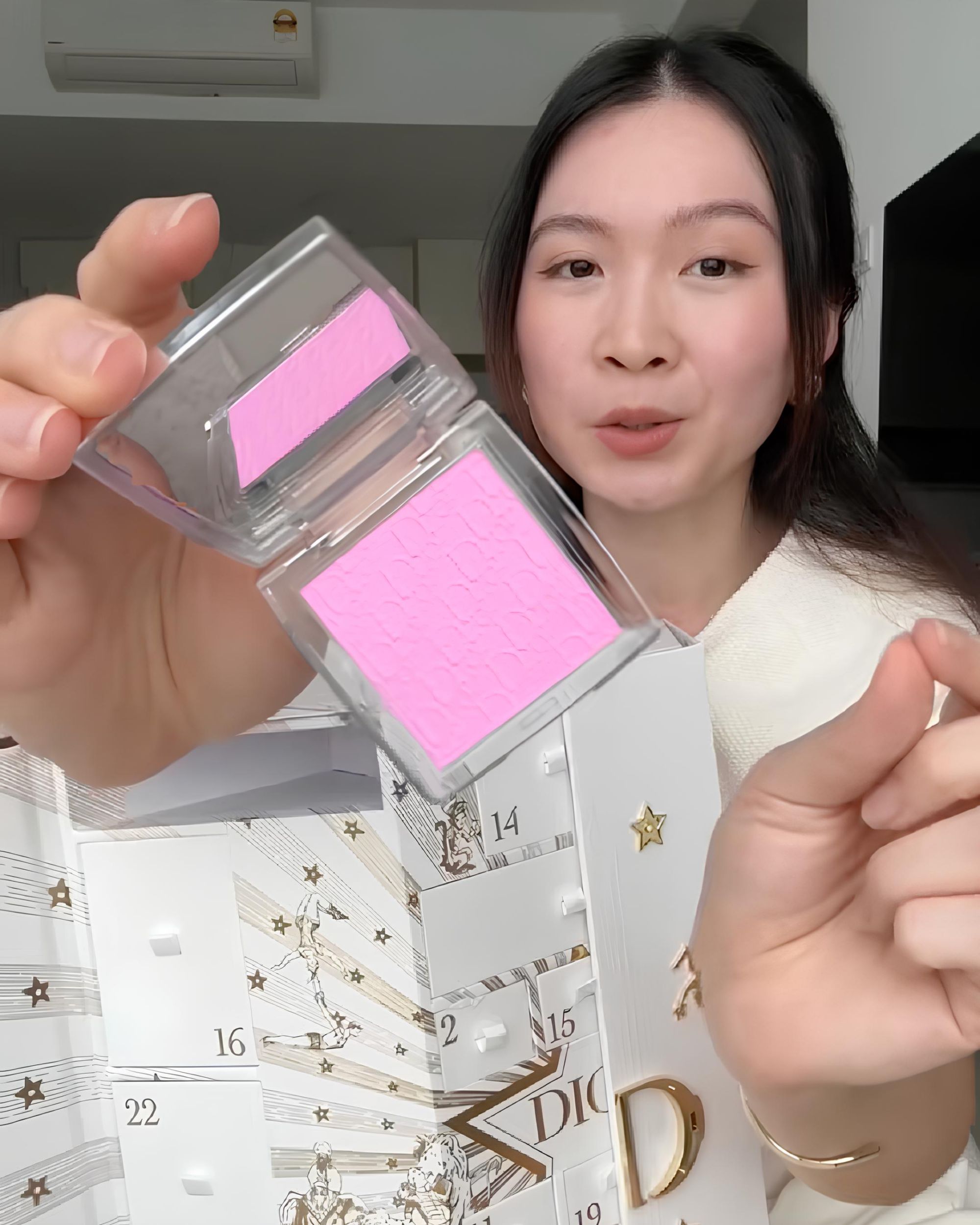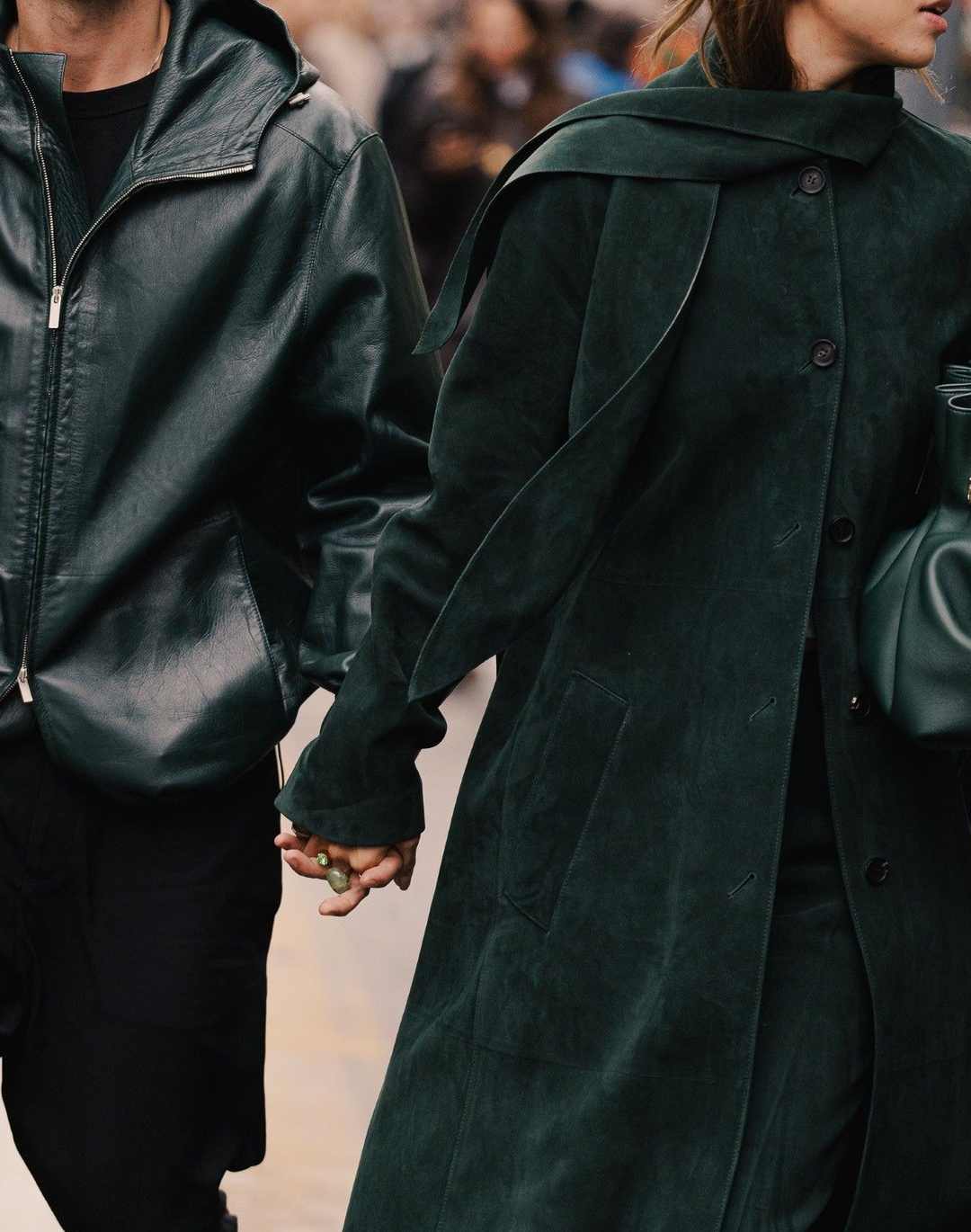
The reasons why luxury brands should support the secondary market nss magazine talks with Sophie Hersan, Vestiaire Collective co-founder and fashion director
The second hand is the hottest market at the moment. Much of the credit is due to the new generations changing consumer's behaviour and preferences. More and more attentive to the social and environmental impact of their purchases compared to previous generations and less and less related to the idea of owning objects, Millenials and Gen Z buy, use, resell.
As the Sole 24 Ore also highlights, Instagram and other social media are influencing them for up-to-date and cool looks, implying a spending behaviour that many, especially the youngest, don't have. The solution to finance this need to chase "the next big drop" is to resell their items, supporting a circular economy. We talked about this with Sophie Hersan, co-founder and fashion director of Vestiaire Collective, marketplace leader of the pre-loved luxury, active in 50 countries with over 8 million members and born long before we began to support the importance of the sustainable economy, as the French entrepreneur told us:
Vestiaire Collective encourages fashion lovers to adopt a conscious way of consumption, prolonging the life of their favorite products. Encouraging participation in the circular economy (this expression was only coined in 2014!) was, and remains, our main motivation. Sustainability - and we didn't even mention it at first - has always been at the heart of who we are and what we do. Our first idea was to change the way we consume: to buy less things of better quality and without waste.
Resale platforms are taking off because consumers now prioritise accessibility, personalization and the ability to never wear the same thing twice without the sustainability concerns of fast fashion. Not only does Chiara Ferragni and the other 13 million users worldwide who use Vestiaire Collective, Depop or other re-commerce apps and sites teach it, but so do the data. According to ThredUp's 2019 Resale Report, the U.S. second-hand market is already worth 24 billion dollars and by 2023 it will reach 51 billion; while it is estimated that in Italy in 2018 the turnover of used goods reached 23 billion euros, compared to 21 billion the previous year, marking an increase of 28% in 5 years. A business so thriving that by 2028 it will surpass fast fashion: 64 versus 44 billion dollars.
We expect the resale market to grow faster in the future than other fashion markets, especially through GenZ and Millennials who choose used goods for sustainability reasons. The resale market grows by an average of 12%y/y, compared to an average of 3% for the main luxury market. The luxury used market accounts for 25% of global sales, and the re-sale industry expects to increase revenue from 25 billion dollars (22.6 million euros) in 2018 to 36 billion dollars (32.6 million euros) in 2021.
Recent research by his company with the Boston Consulting Group (BCG) has revealed that if the pre-owned product boom is a fierce competitor for giants such as H&M and Zara, on the contrary, it could prove a powerful Ally.
BCG and Vestiaire's collective report entitled "Why luxury brands should celebrate the pre-owned boom" reveals that the fashion resale market is a boost rather than a threat to the luxury industry. " – Sophie Hersan reiterates – The report explains the three main reasons are the recruitment mechanism for luxury brands, second-hand sellers are predominantly first-hand buyers and the used is a great way to promote sustainability.
The first reason that players in the field of luxury should take advantage of the success of the second-hand is that it represents a great way to connect to the minds of potential future primary customers. From the answers of the interviewees, it's clear that the profile of those who almost never sell coincides with those who buy. 71% of those who opt for pre-loved items (especially the new generation) do so because they do not yet have the economic availability to access the first-hand market, but they declare themselves ready to move to the primary one, perhaps staying true to the same brand already tried, will soon reach the purchasing power for a new product. In a nutshell: you buy what you can't afford; you sell what you no longer use and you use the proceeds to buy new products.
The pre-owned sector has another important advantage: it creates a circular economy. In contemporary fashion, some of the most polluting industries, there are two seemingly contradictory truths: we buy too much, and too much does not sell. In this world of overproduction, where consumers are increasingly focused on sustainability, a more responsible ecosystem can be an element of differentiation from the various ethical initiatives and corporate social responsibility undertaken by luxury companies.
The consumer mindset has changed and this benefits the market: 70% of consumers are trying to consume ethically (BCG report and Vestiaire Collective 2019). They are looking for unique, qualitative, desirable and accessible pieces and the increasing professionalization of the market has driven them to buy and sell pre-loved items.
Today, the world consumes 400% more clothing than it was 2 decades ago. The purchase of vintage is one of the responses to the need for sustainability and a conscious solution to reduce the environmental impact of fashion. Now the whole ecosystem is aware that we have no choice but to act. The purchase of vintage is one of the responses to sustainability and a conscious solution to reduce the environmental impact of fashion. Shopping for pre-loved and vintage items reduces waste and gives items a longer lifespan!
Hersan says and continues:
We started educating consumers 10 years ago, and the Vestiaire Collective community shares the same values on sustainability. People still need to understand how important it is to invest in high-quality pieces with an extendede lifespan. We have also driven change by being present with physical pop-ups, such as the one we launched for the Green Carpet Awards in Milan or at Le Bon Marchè in Paris, which allows us to meet and educate directly with consumers.
It is, therefore, no coincidence that many brands are partnering with second-hand retailers. For example, both Stella McCartney (always an environmentally conscious designer) and Burberry, after being at the centre of a scandal for burning more than 34.6 million dollars worth of unsold goods, have partnered with TheRealReal platform to incentivize the purchase of their used products in exchange for a voucher to spend in the e-store or a personal shopping session in full-price stores. Luxury e-commerce giant Farfetch is also taking its first steps in the second-hand market with the launch of "Second Life," a high-end handbag resale program; while H&M took over the majority of Sellpy, a re-commerce platform born in 2014. Finally, how can we not mention the Fashion Pact introduced by Emmanuel Macron at this year's G7 Summit? So far, about 150 brands have committed to achieving practical results in three areas: stopping global warming, restoring biodiversity and safeguarding the oceans.
Vestiaire Collective has just celebrated its 10th anniversary and opened its first permanent boutique with Selfridges London, but has many other plans. The most imminent will coincide with the Black Friday weekend. Instead of buying, the marketplace suggests consumers sell on Vestiaire Collective, making room for new pre-loved pieces in their closets. As a thank you for depositing the items between November 29th and December 1, consumers will be rewarded with a Vestiaire Collective voucher to buy pre-loved pieces on Cyber Monday. Hersan also anticipates future initiatives:
We started this year responding to the demands of our consumers by lowering our fees and launching direct shipping that allows our trusted and experienced sellers to send directly the products sold to the buyer who requests. The next step for Vestiaire Collective is to further develop new tools in our app to allow our community to engage more and more with one another. We like the idea that our members can connect and be inspired by each other. We will also continue our global expansion, especially in Asia, where we seek to extend to more important markets.










































